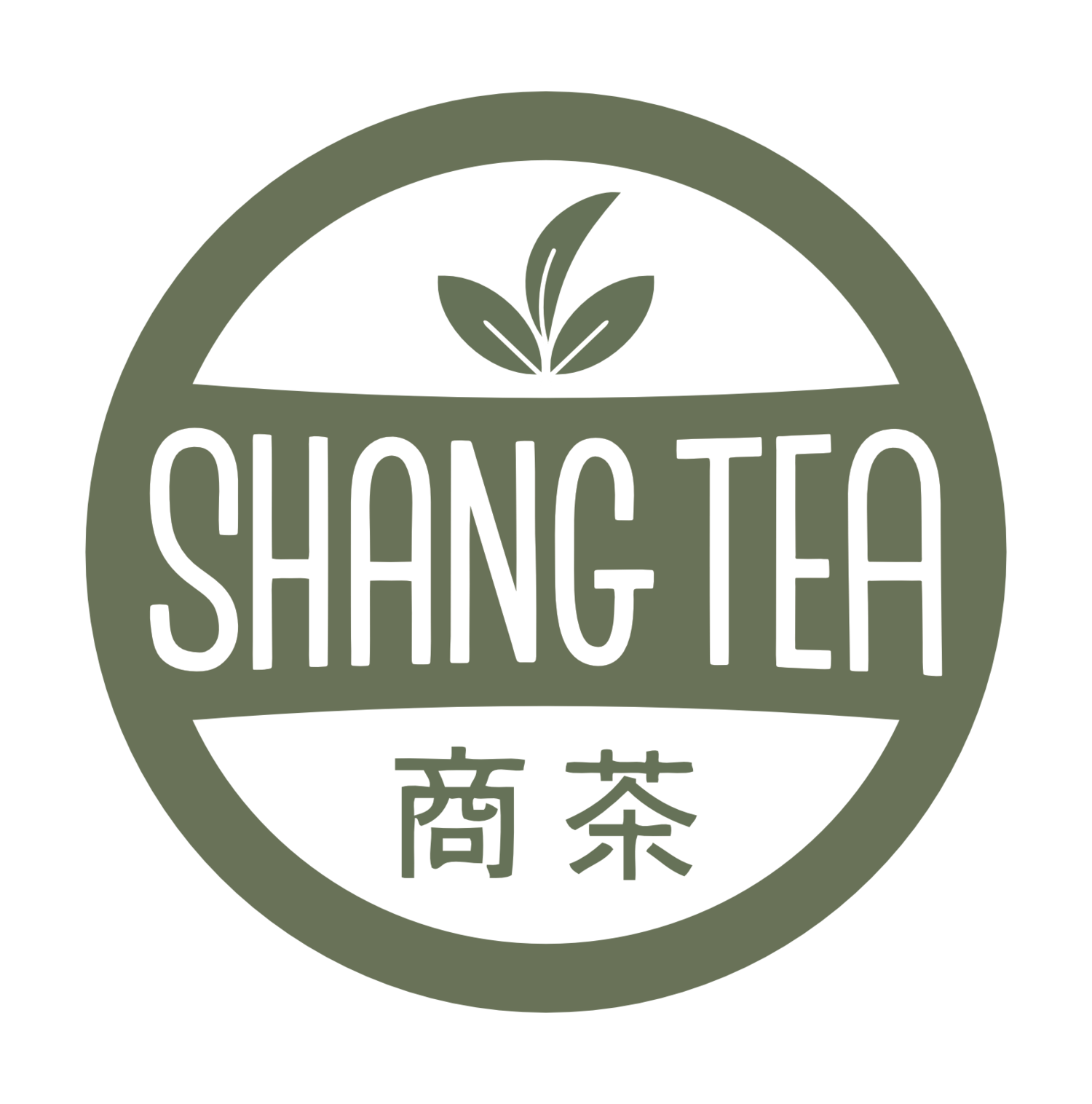Traditional White Tea vs. Young Leaf White Tea
Due to the increased awareness of the many healthy properties in white tea, demand has surged for this minimally processed tea. However, most white tea that you find on the market today would not be classified as white tea in the traditional sense. In this quick post, I'd like to distinguish between the traditional definition of white tea and what I'd like to call young leaf white tea (what you would typically find in your grocery store).
Traditionally, tea must fit two specific criteria to be classified as white tea. First, it must be processed according to the white tea standard. White tea is plucked and then air dried until it typically has between 5-10% moisture content. White tea is never roasted or fermented, but it does oxidize slightly while it is drying. The second condition for traditional white tea is that it must come from a specific variety of the tea plant (camellia sinensis), either the Da Bai or Da Hao cultivar from Fujian Province, China. Just like the apple tree has hundreds of different varieties that all come from the same general plant, the same applies to tea. The Da Bai and Da Hao tea plant varieties grow in the mountainous regions of the Fujian Province and have lots of little white hairs on the leaves and buds.
Young leaf white tea is a recent creation in response to the surging demand for white tea. Since traditional white tea can only be grown in the Fujian Province, supply is very limited and not easy to produce on a mass scale, so large scale producers have started to pick green tea plant varieties very early and process them in a very similar manner as the traditional white tea, thus the term young leaf white tea. This tea has a very subtle flavor that is similar to, but not as nuanced or flavorful as traditional loose leaf white tea.
So if you are looking for traditional, organic loose leaf white tea, please make sure that you find a reputable dealer and that your tea comes from the Fujian Province (like Shang and the white tea that we carry).
